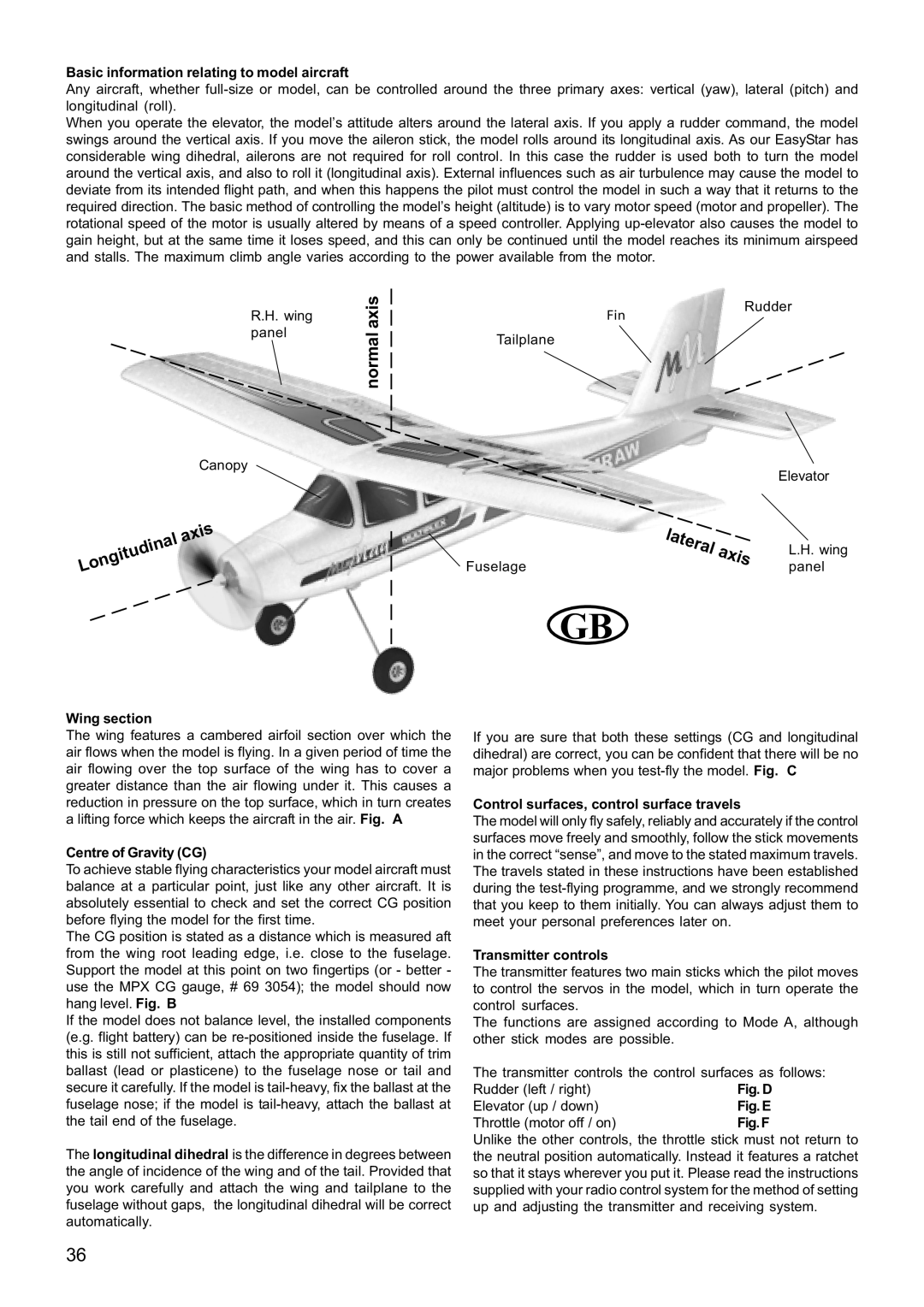21 4211 specifications
Multiplex Technology 21 4211 is an advanced communication system designed to facilitate high-capacity data transmission and networking in various industries. A vital tool for modern communication infrastructure, it combines efficiency, reliability, and scalability to meet the growing demands of data processing and transmission.One of the primary features of the Multiplex Technology 21 4211 is its ability to support multiple channels of communication simultaneously. This multiplexing capability allows for the transmission of numerous signals over a single medium, significantly enhancing bandwidth utilization. By dividing the available bandwidth into distinct channels, users can maximize data throughput and reduce communication costs.
Another notable characteristic of the 21 4211 system is its robust error-correction technologies. Utilizing advanced algorithms, the system can detect and correct errors in data transmission, ensuring the integrity and reliability of the information being sent. This feature is crucial for industries that rely on accurate data exchange, such as telecommunications, finance, and healthcare.
The architecture of the Multiplex Technology 21 4211 is designed for scalability, enabling users to expand their networking capabilities as their needs grow. The system can be easily integrated with existing infrastructure, allowing for incremental upgrades without requiring a complete overhaul. This adaptability makes it an attractive option for businesses looking to future-proof their communication networks.
Moreover, the Multiplex Technology 21 4211 employs state-of-the-art security protocols to protect data integrity and privacy. With the increasing concerns surrounding data breaches and cyber threats, the system incorporates encryption standards that safeguard sensitive information during transmission. This security feature assures users that their data remains confidential, reinforcing the trust necessary for effective communication.
In summary, the Multiplex Technology 21 4211 stands out as a cutting-edge solution for data transmission in today's fast-paced digital environment. Its main features, including a multiplexing capability, robust error-correction technologies, scalability, and advanced security protocols, make it a powerful tool for various industries. Organizations that leverage this technology can enhance their communication efficiency, ensure data integrity, and prepare for future demands in an increasingly interconnected world.

